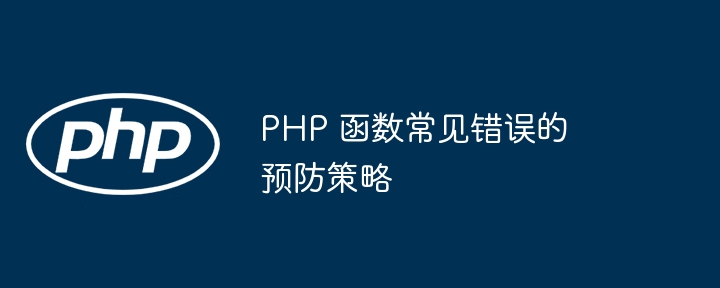PHP和phpSpider:如何应对大规模数据爬取的性能问题?
随着互联网的发展和数据的普及,越来越多的公司和个人开始关注数据爬取以获取所需信息。在大规模的数据爬取任务中,性能是一个重要的考量因素。本文将介绍如何利用PHP和phpSpider应对大规模数据爬取的性能问题,并通过代码示例来说明。
1.使用多线程
在进行大规模数据爬取时,使用多线程可以显著提高程序的运行效率。通过PHP的多线程扩展(例如PHP pthreads扩展),可以在一个进程中同时执行多个爬取任务。下面是一个使用多线程的示例代码:
<?php
$urls = array(
'https://example.com/page1',
'https://example.com/page2',
'https://example.com/page3',
// 更多待爬取的URL
);
$threads = array();
// 创建线程
foreach ($urls as $url) {
$thread = new MyThread($url);
$threads[] = $thread;
$thread->start();
}
// 等待线程执行完毕
foreach ($threads as $thread) {
$thread->join();
}
class MyThread extends Thread {
private $url;
public function __construct($url) {
$this->url = $url;
}
public function run() {
// 在这里写爬取逻辑
// 使用$this->url作为爬取的URL
}
}
?>2.优化网络访问
在进行数据爬取时,网络访问是性能的瓶颈之一。为了提高网络访问的效率,可以使用curl库或者Guzzle等优秀的HTTP客户端库,来实现并行请求和连接池管理等功能。
下面的示例代码演示了如何使用Guzzle库进行多个请求的并行执行:
<?php
require 'vendor/autoload.php'; // 请确保已安装Guzzle库
use GuzzleHttpClient;
use GuzzleHttpPool;
use GuzzleHttpPsr7Request;
$urls = array(
'https://example.com/page1',
'https://example.com/page2',
'https://example.com/page3',
// 更多待爬取的URL
);
$client = new Client();
$requests = function ($urls) {
foreach ($urls as $url) {
yield new Request('GET', $url);
}
};
$pool = new Pool($client, $requests($urls), [
'concurrency' => 10, // 并发请求数量
'fulfilled' => function ($response, $index) {
// 在这里处理请求成功的响应
// $response为响应对象
},
'rejected' => function ($reason, $index) {
// 在这里处理请求失败的原因
// $reason为失败原因
},
]);
$promise = $pool->promise();
$promise->wait();
?>3.合理使用缓存
在大规模数据爬取中,往往会访问相同的URL多次。为了减少网络请求的次数和提高程序的性能,可以合理使用缓存机制(例如Memcached或Redis)来存储已经爬取过的数据。下面是一个使用Memcached作为缓存的示例代码:
<?php
$urls = array(
'https://example.com/page1',
'https://example.com/page2',
'https://example.com/page3',
// 更多待爬取的URL
);
$memcached = new Memcached();
$memcached->addServer('localhost', 11211);
foreach ($urls as $url) {
$data = $memcached->get($url);
if ($data === false) {
// 如果缓存中没有数据,则进行爬取并存入缓存
// 爬取逻辑略
$data = $result; // 假设$result为爬取得到的数据
$memcached->set($url, $data);
}
// 使用$data进行后续数据处理
}
?>通过合理的缓存使用,可以减少重复的网络请求,提升数据爬取的效率。
总结:
本文介绍了如何使用多线程、优化网络访问和合理使用缓存来应对大规模数据爬取的性能问题。代码示例展示了如何利用PHP的多线程扩展、Guzzle库和缓存机制来提高爬取效率。在实际应用中,根据具体的需求和环境,还可以采用其他方法来进一步优化性能。





